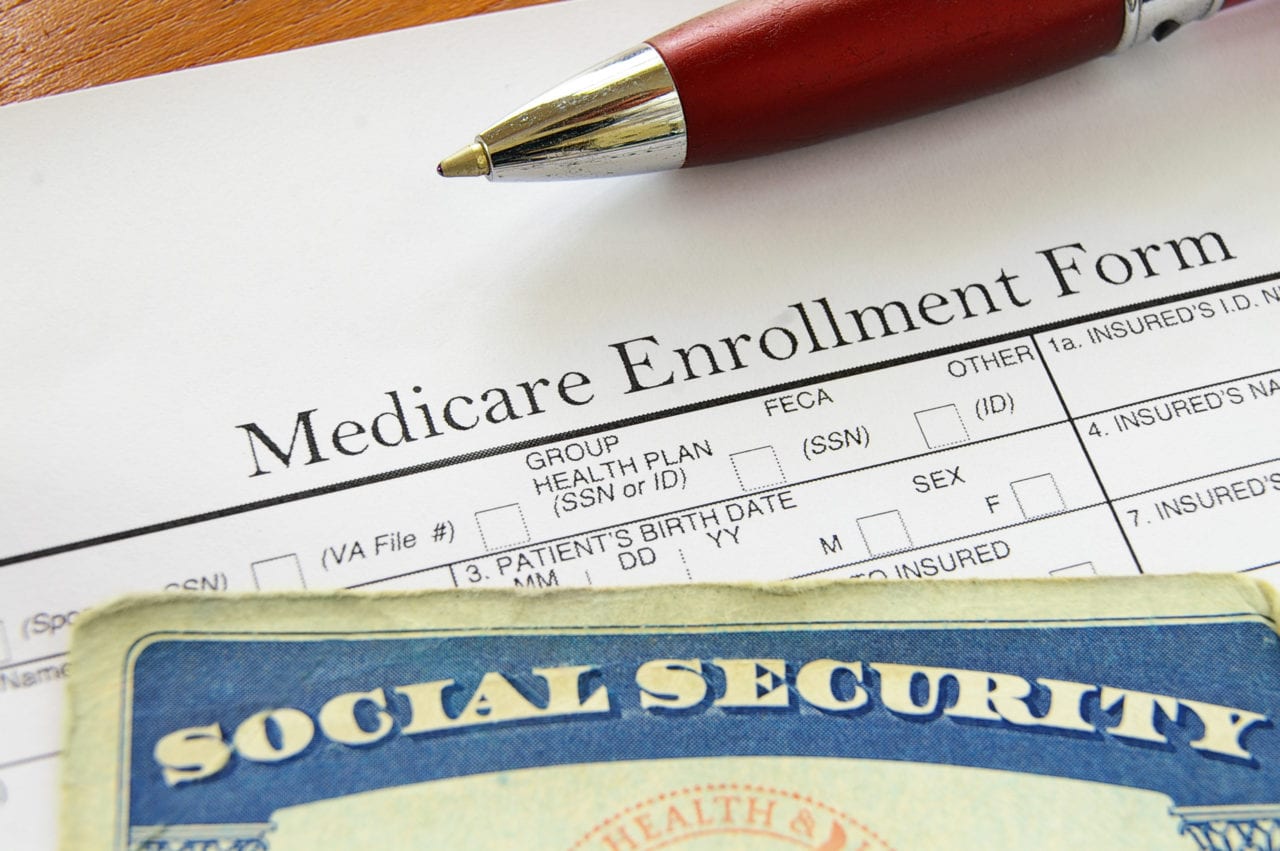Physical Address
304 North Cardinal St.
Dorchester Center, MA 02124
Physical Address
304 North Cardinal St.
Dorchester Center, MA 02124

Medicare is simply a confusing topic, and that is to be expected as there seems to be a plan for every letter of the alphabet.
We’ve done our best to simplify Medicare Costs below.
First off, you need to understand Medicare is not free. While it does cover a good deal of medical expenses, what you pay is based on the type of coverage you have (Part A/B, C, D and/or Medigap) other forms of insurance you have and where you receive health services.
The best way to calculate your Medicare costs is on a yearly basis, making sure you compare all your plan options. You also need to consider that you might experience a medical emergency and plan financial contingencies for that.
If this does happen, individual with limited income or resources should review their plans, because they may be eligible for financial assistance.
Bottom line, it is worth your while to review your Medicare plans and costs on a yearly basis to make sure you’re staying on top of government changes.
The first thing you need to know is that Medicare is not a welfare program. It is a national program that is available for everyone 65 and older. Your income and your assets will not be taken into consideration when it comes to determining the eligibility or benefit payment.
Medicare covers some of the cost of medical care. In this way, it’s similar to what private insurance companies offer. Those with Medicare are required to pay deductibles and coinsurance.
It is also important to know that Medicare has two main parts: Part A and Part B. Here’s what both parts offer:
Basically, Part A is free hospital insurance and Part B is medical insurance in which you need to pay a monthly premium fee. You can expect Medicare Part A and Part B to cover around 50% of your total health care expenses; this is also referred to Original Medicare. You can find out if the health care or service you need is covered by Medicare by going to their website.
Medicare also offers Part C and Part D. These two parts offer additional coverage that you can purchase. Here is what each offers:
Both Parts C and D may also include extra covered services such as hearing, vision and dental medical services. Now, the bigger question is how much do all of these cost? Let’s break it down below.
As previously mentioned, most people do not have to pay a monthly fee for Part A. This is because you (and/or your spouse) have likely been paying into the system through taxes taken out of your paychecks over the years.
As long as you have 40 or more quarters of Medicare-covered employment, you are eligible for premium-free Part A. Those who don’t get a free Medicare Part A may still choose to enroll but have to pay a fee of $411 per month. These are usually people who have less than 30 quarters of Medicare-covered employment.
For more info, read our article How Much Does Medicare Part A Cost?
Now, we have Medicare Part B which costs $135.50 standard per month. Unless your modified adjusted gross income is greater than $85,000 (this is for single filers) and $170,000 for joint filers. You will need to pay a higher premium monthly prices if your income exceeds the amounts mentioned above.
For more info, read our article How Much Does Medicare Part B Cost?
The price for Medicare Part C varies depending on the benefits you will choose. Medicare offers an online plan finder tool to help you get a rough estimate of your monthly fee.
For more info, read our article How Much Does Medicare Part C Cost?
If you have decided to go with Original Medicare (Part A & B), you may also want to purchase Medigap policies. This will help take care of the gaps in the Original Medicare. The fee depends on the price you will choose.
For more info, read our article How Much Does Medicare Part D Cost?
We hope this gives you a simple, plain English overview of Medicare. And we hope you understand it better now.